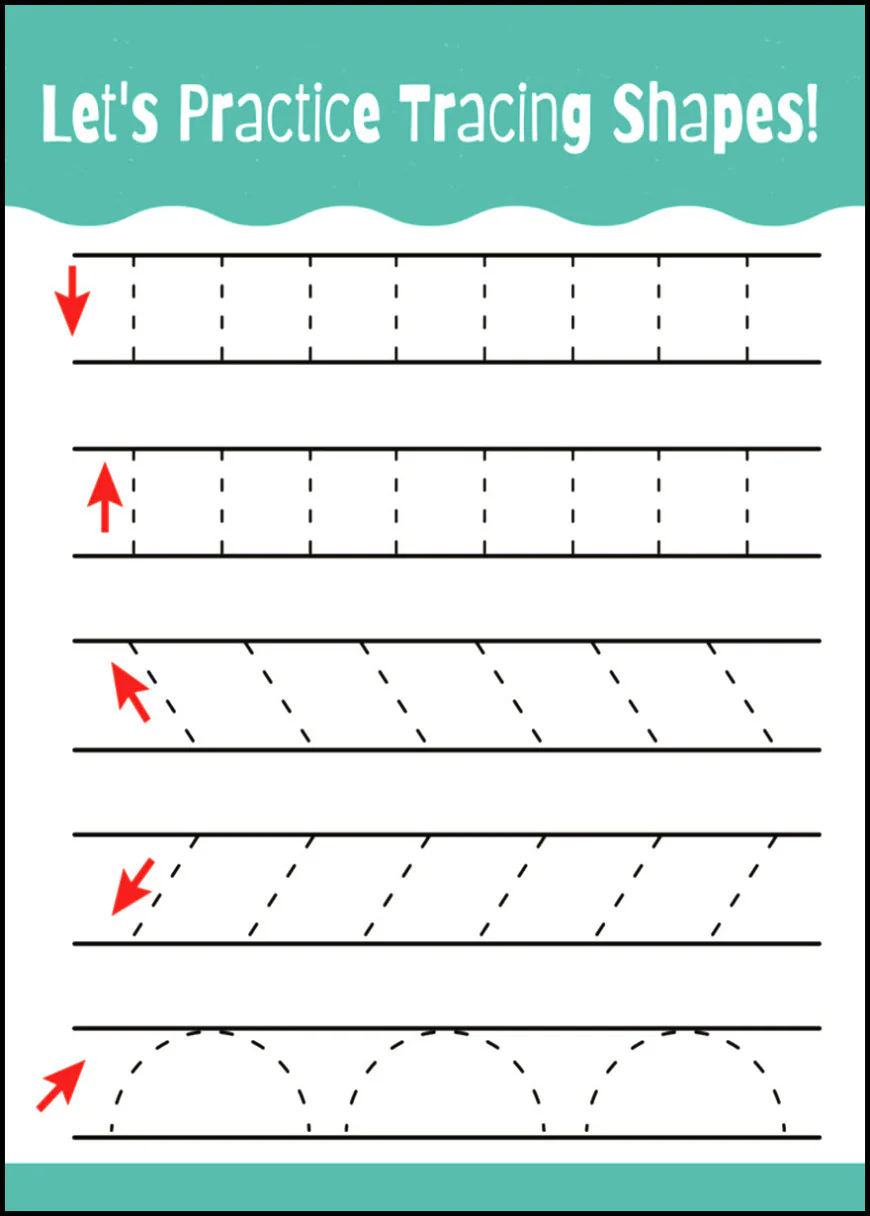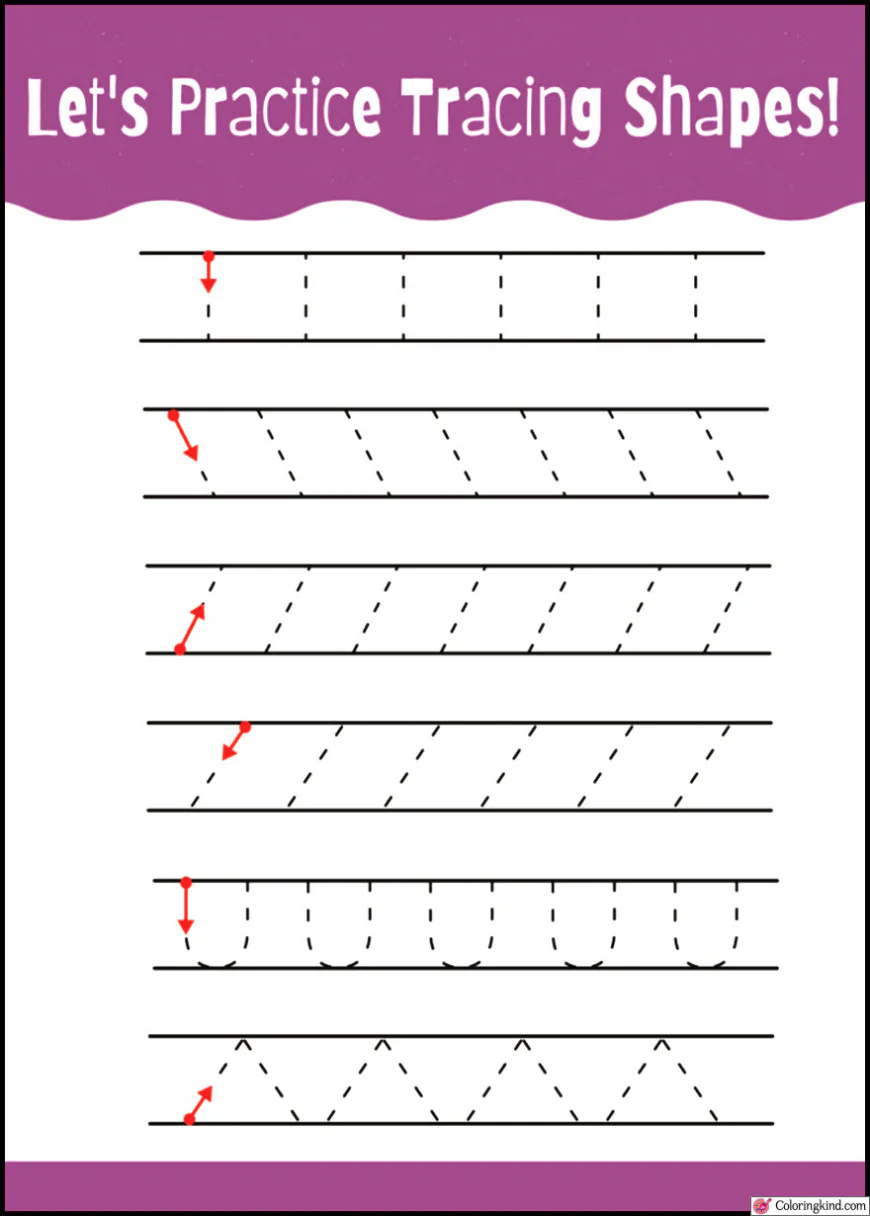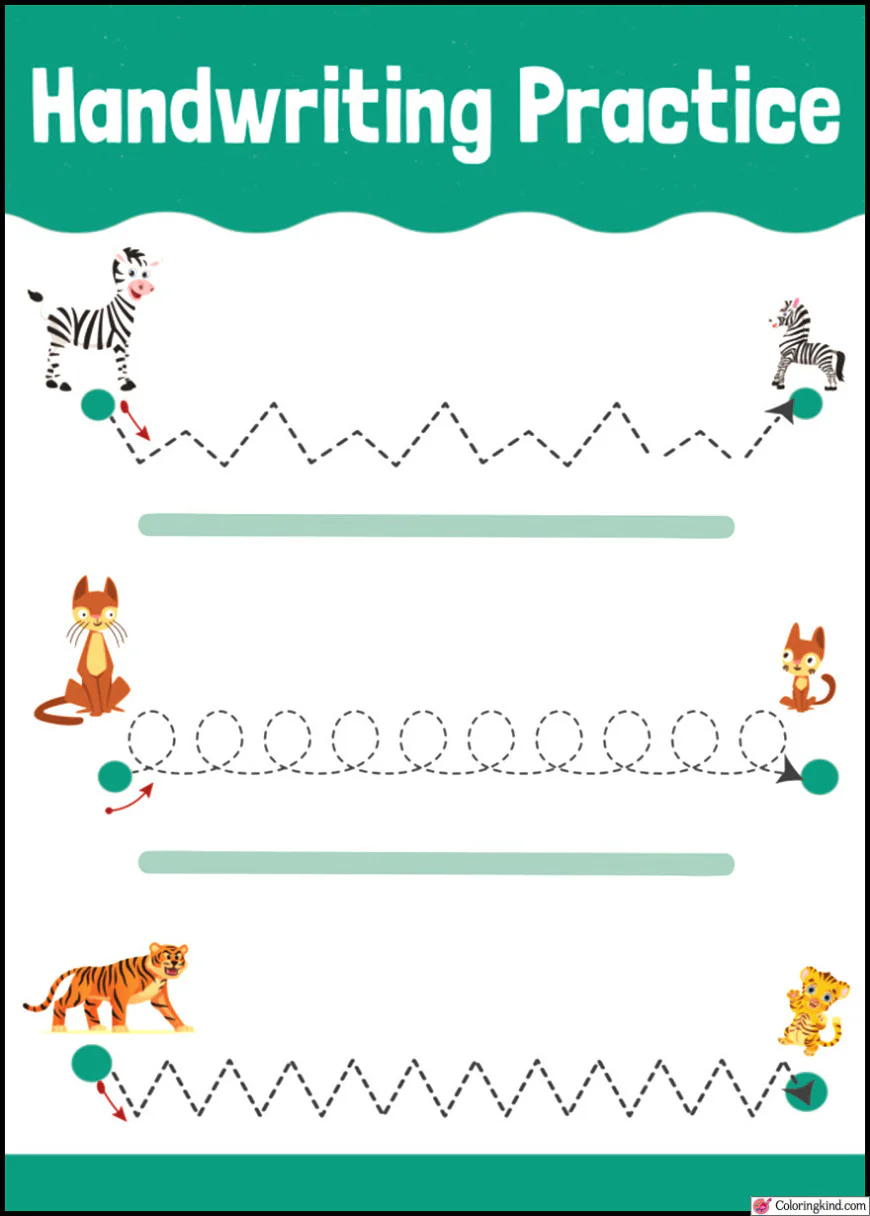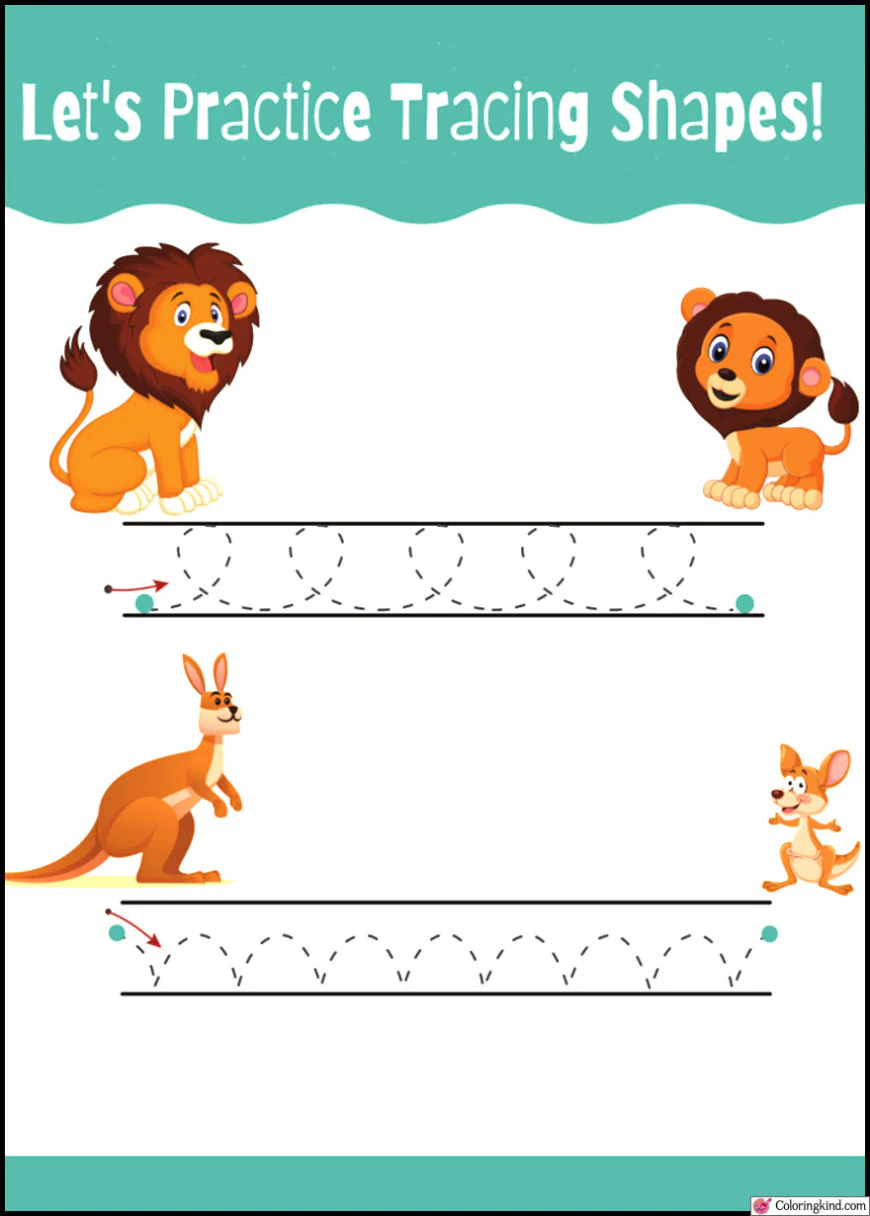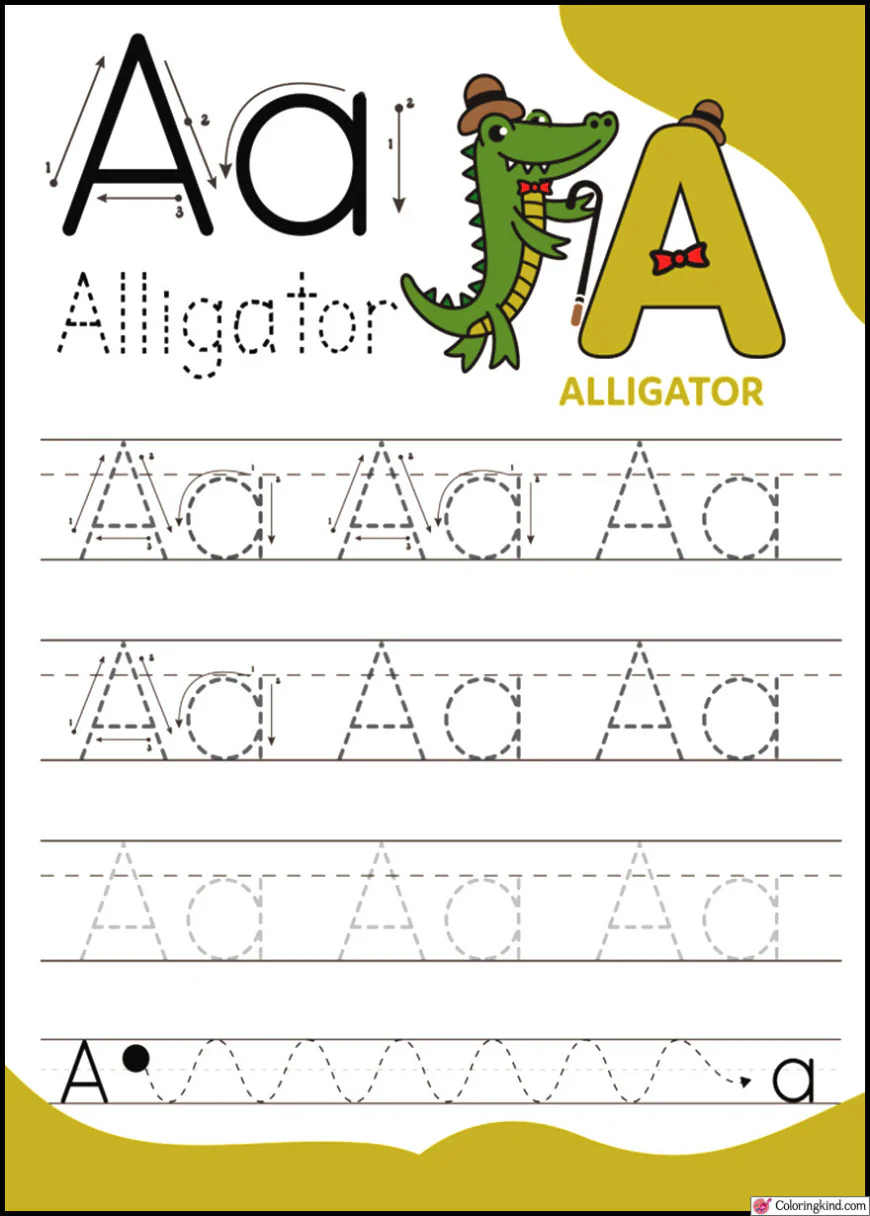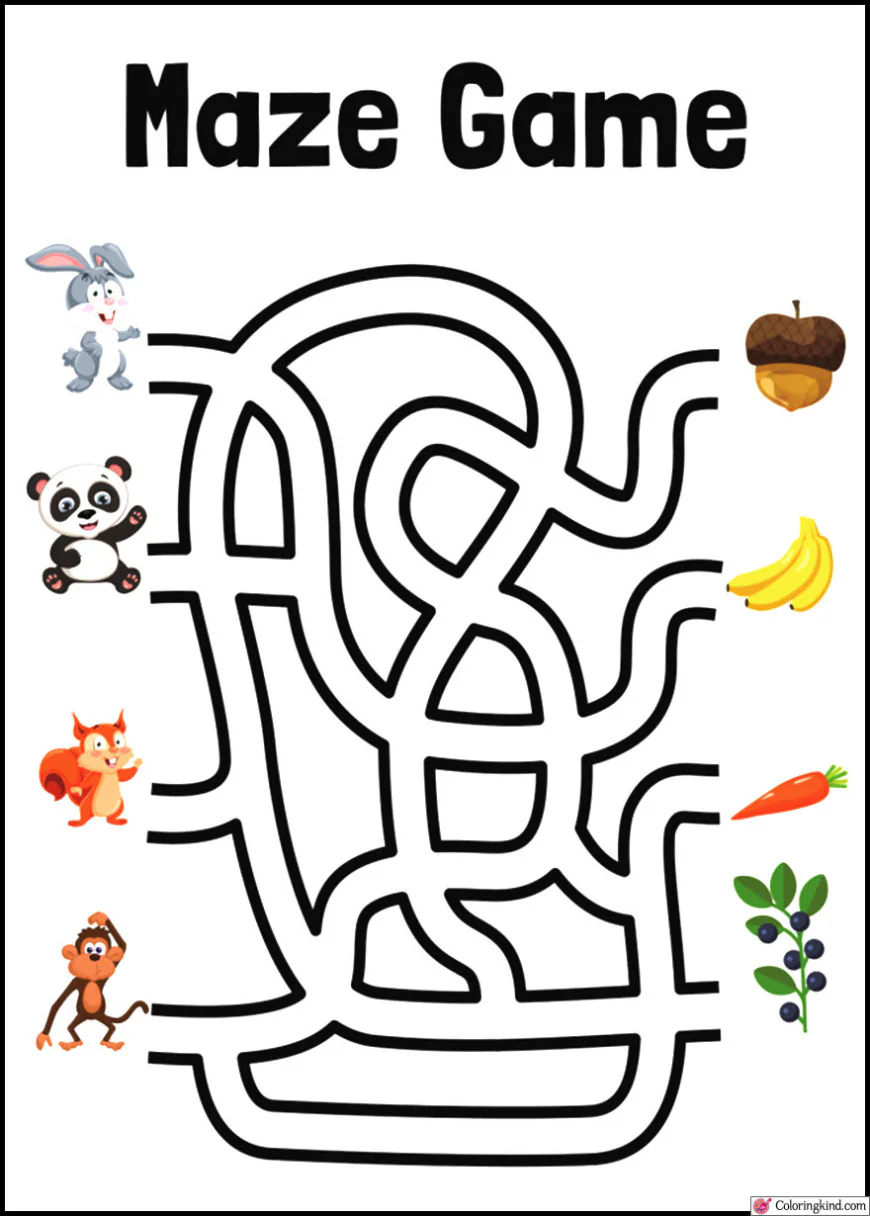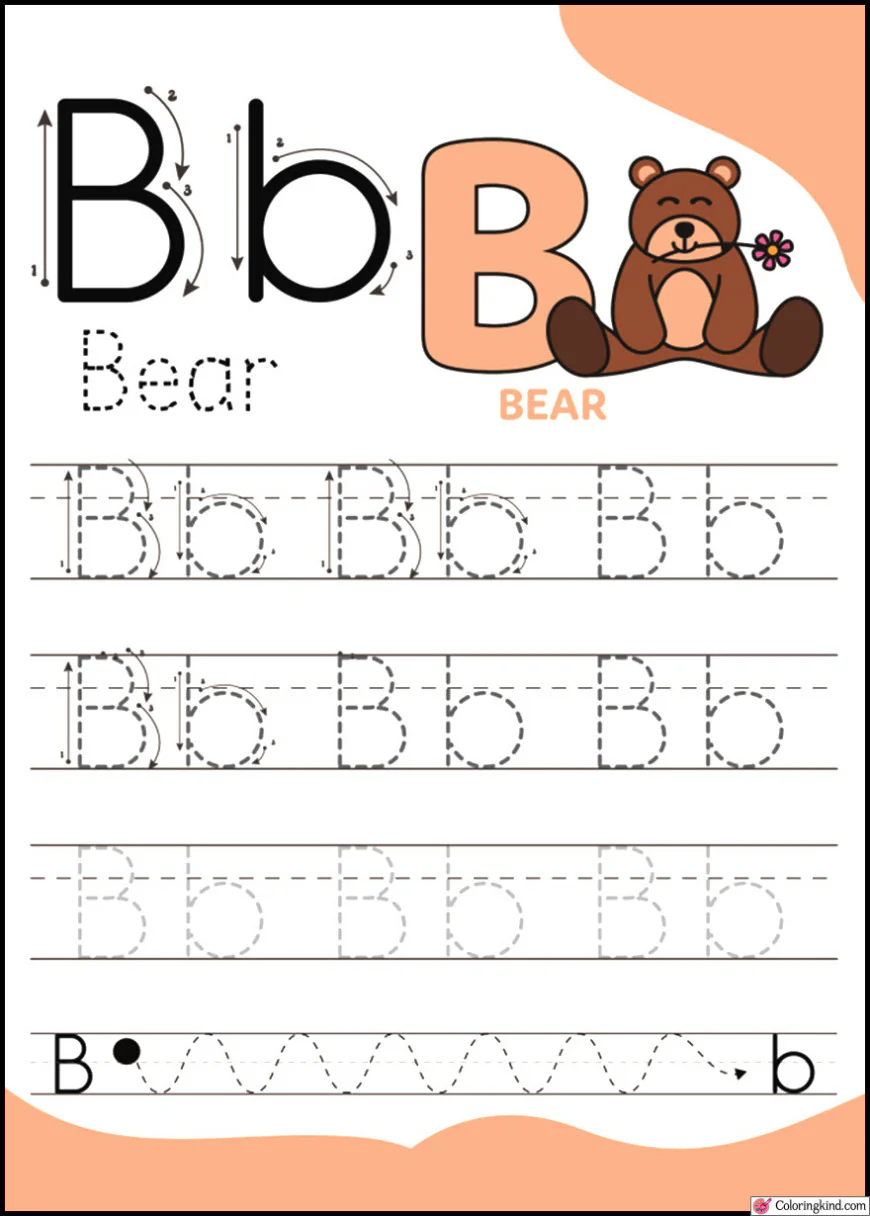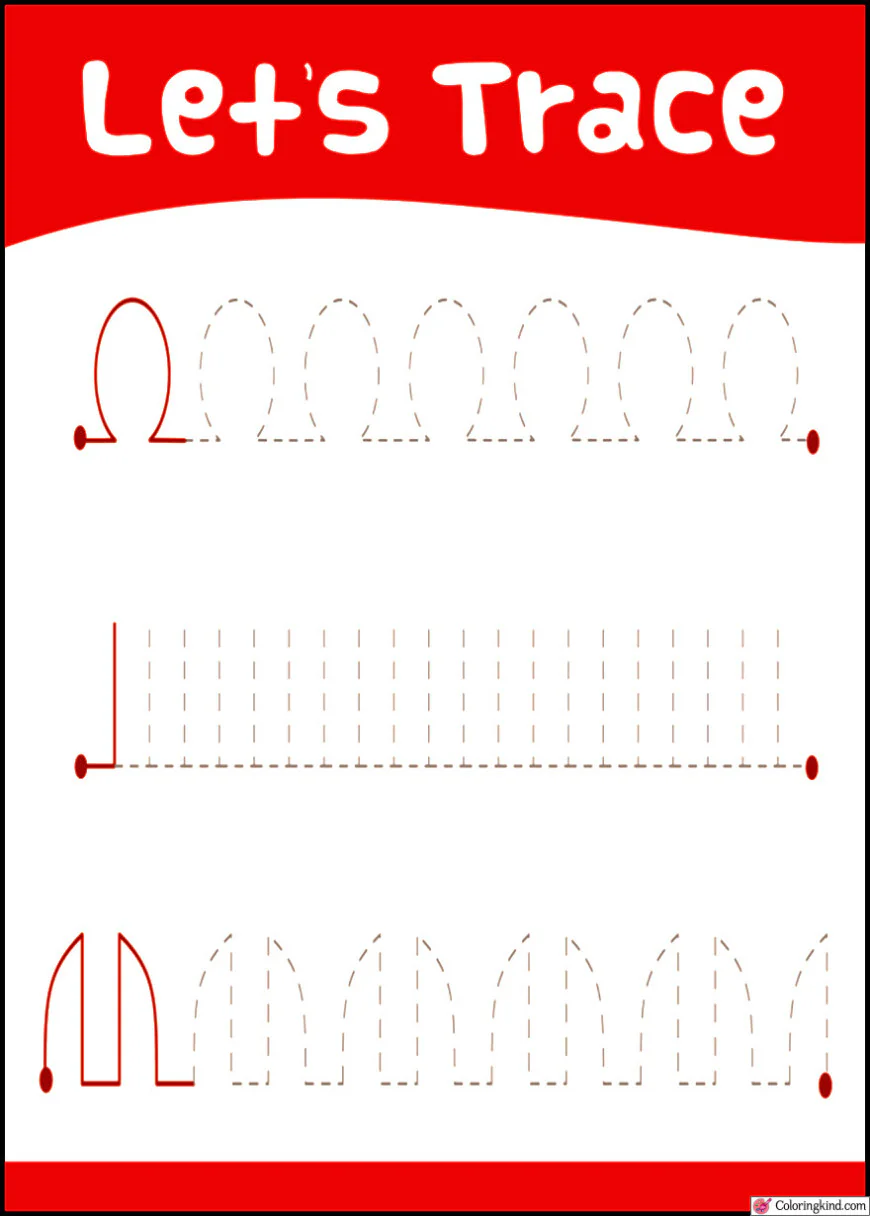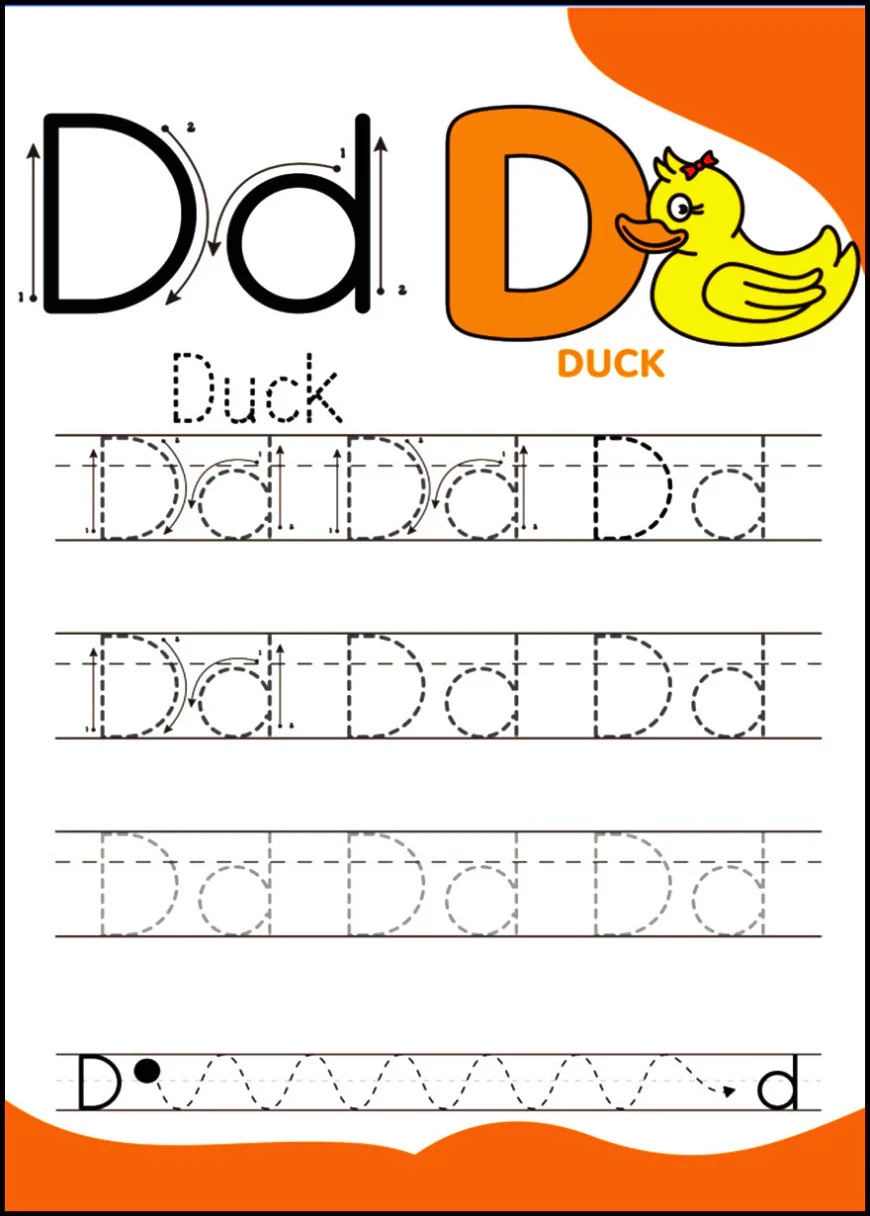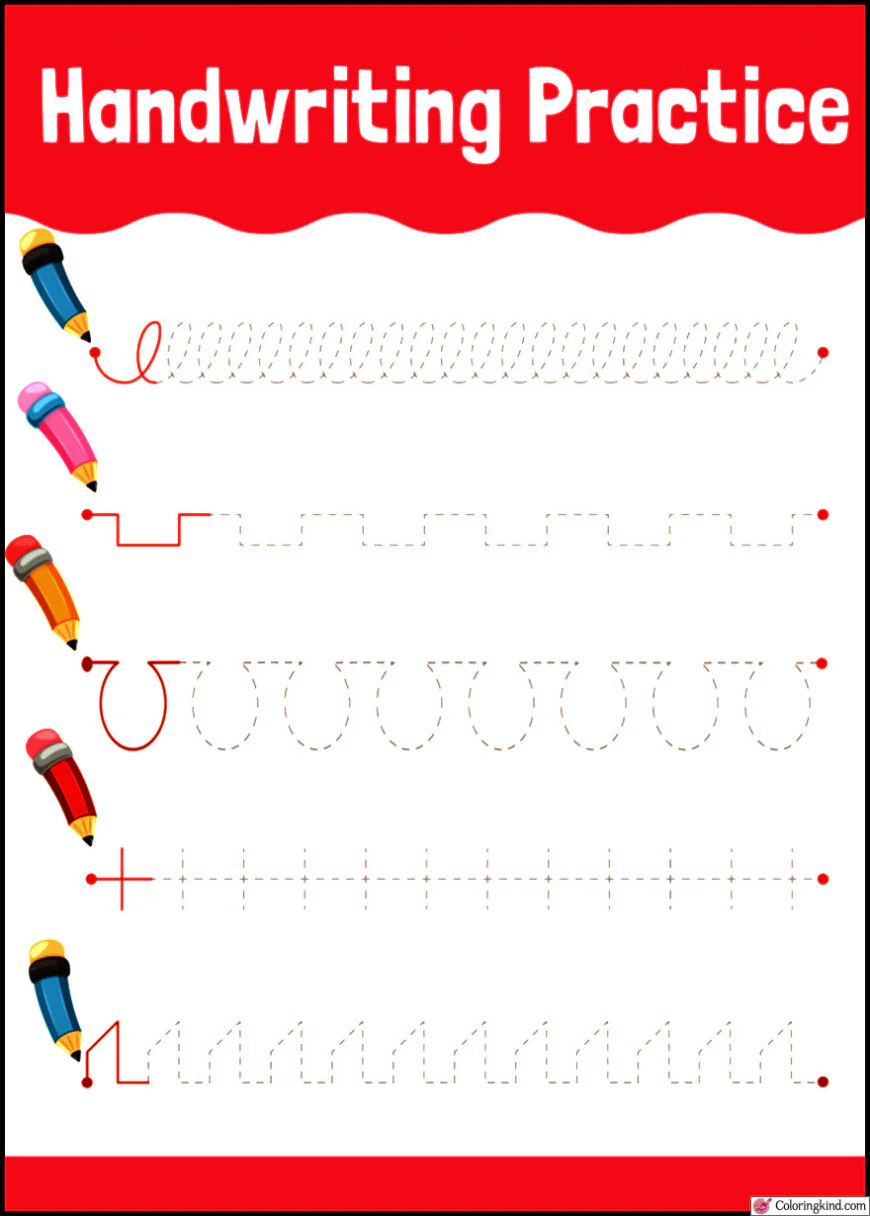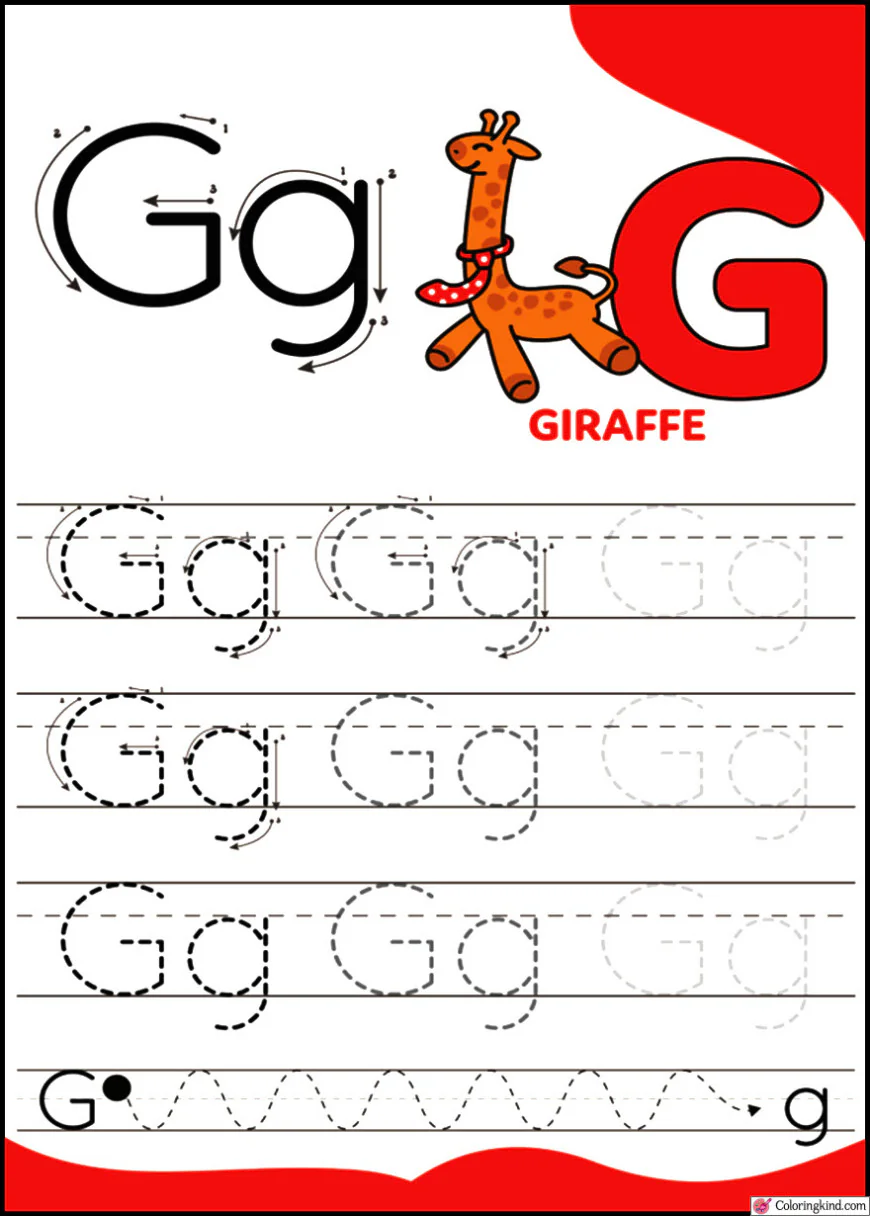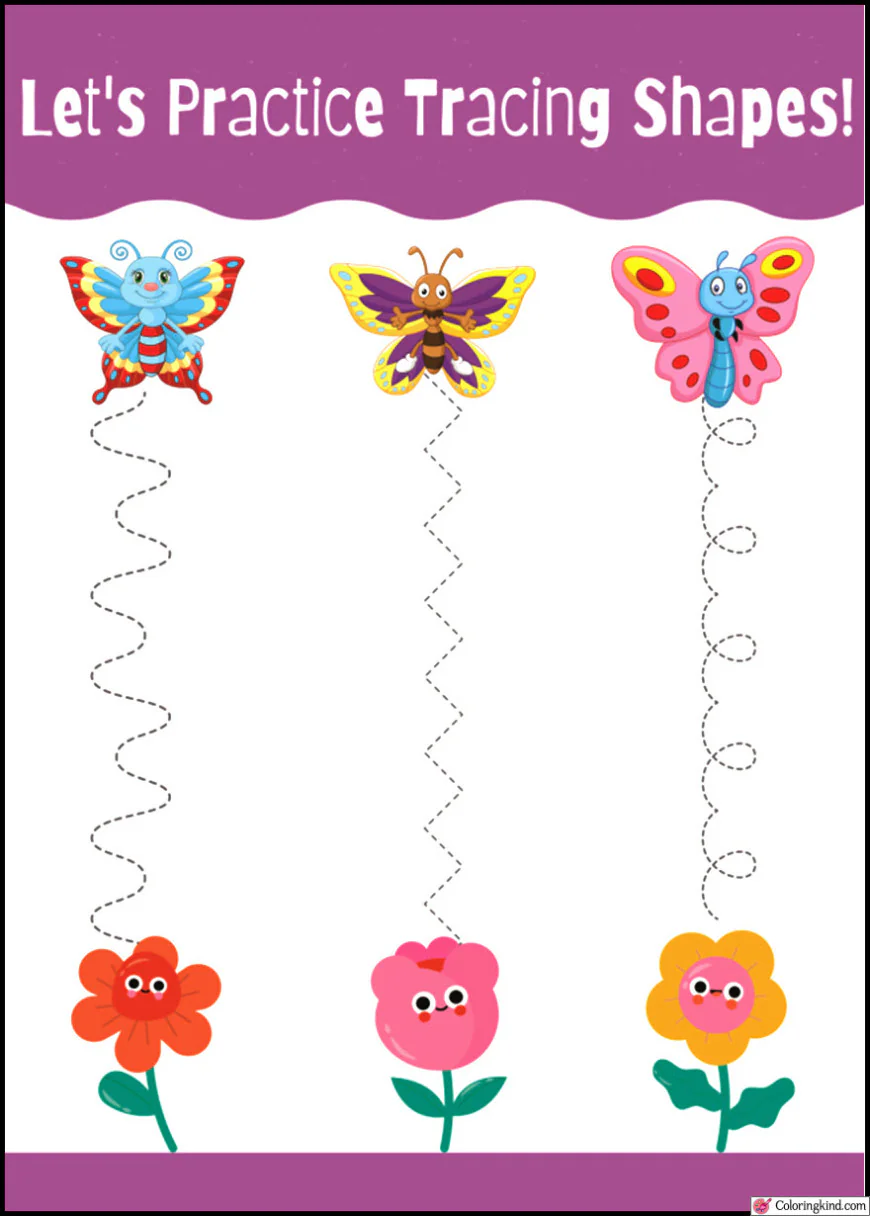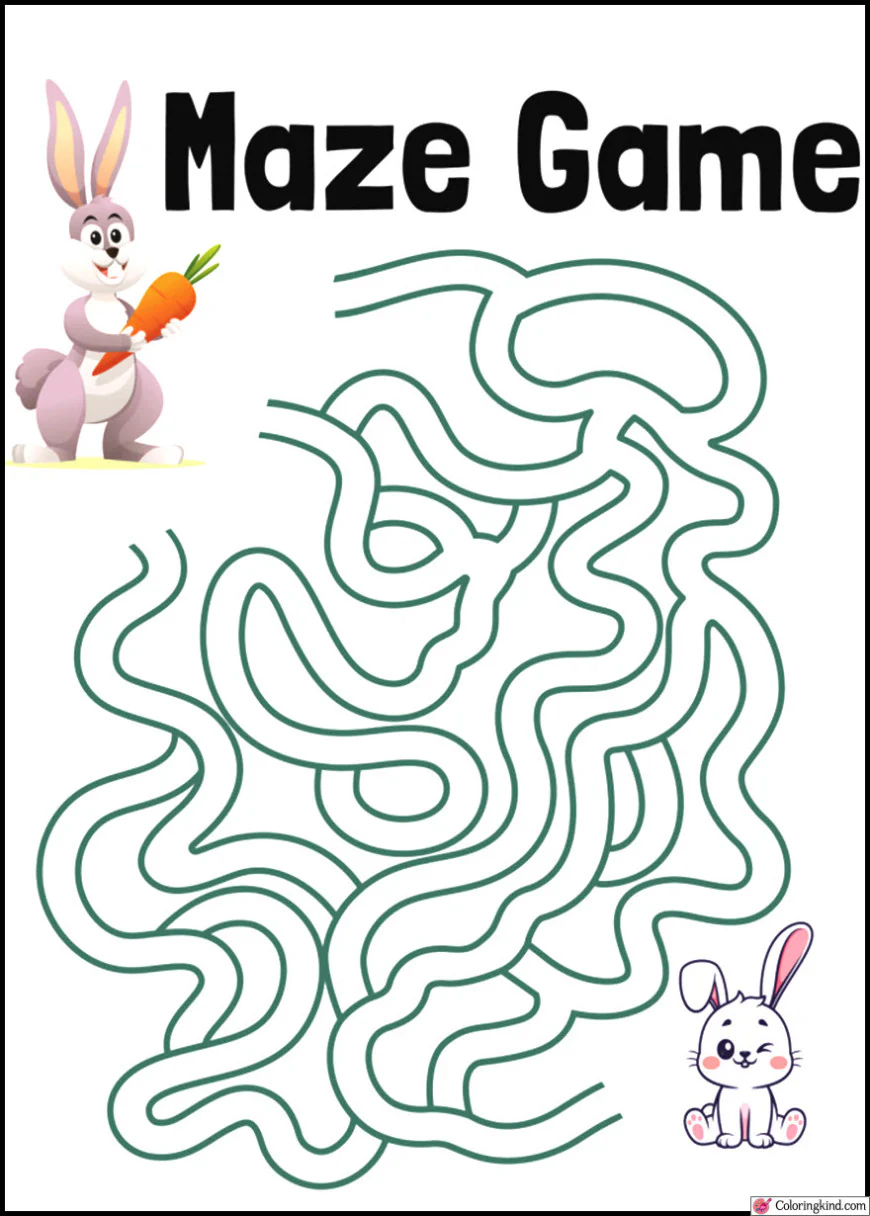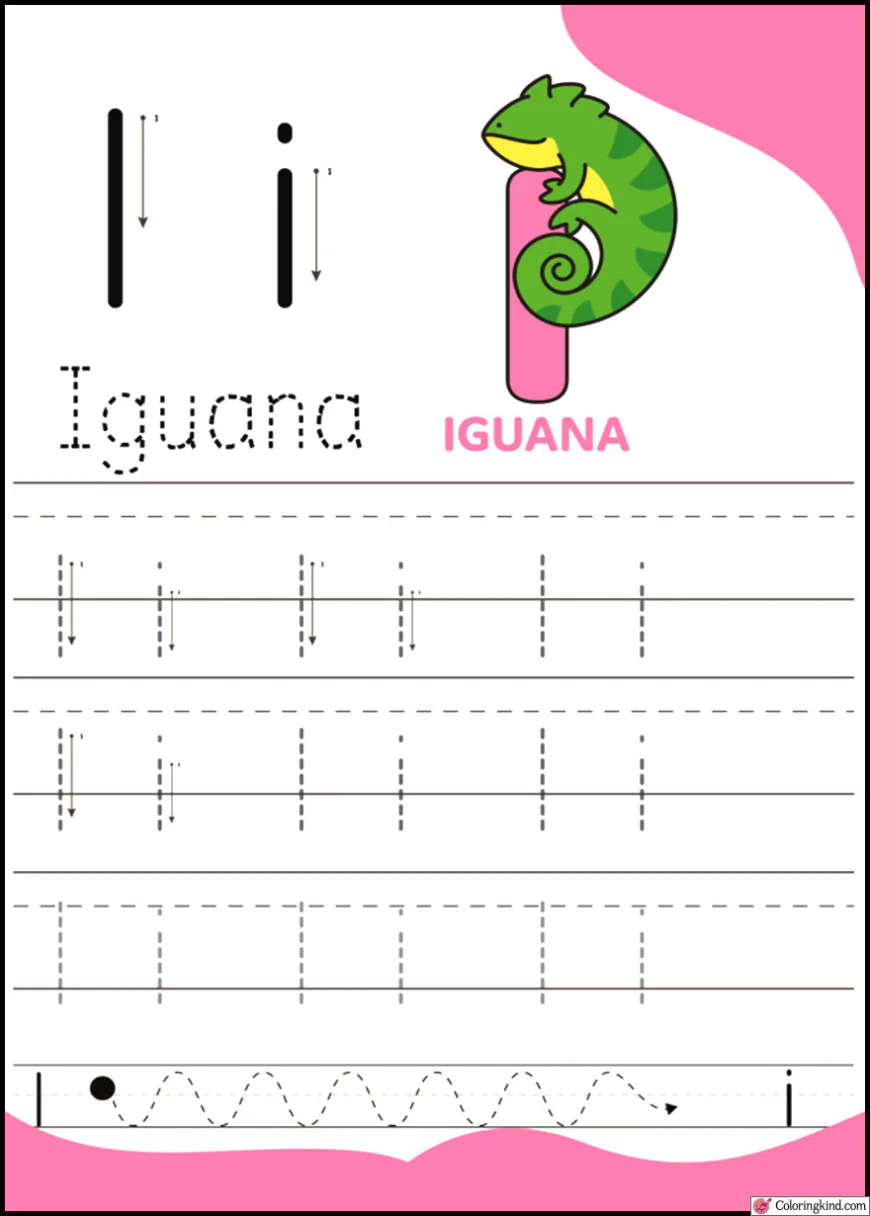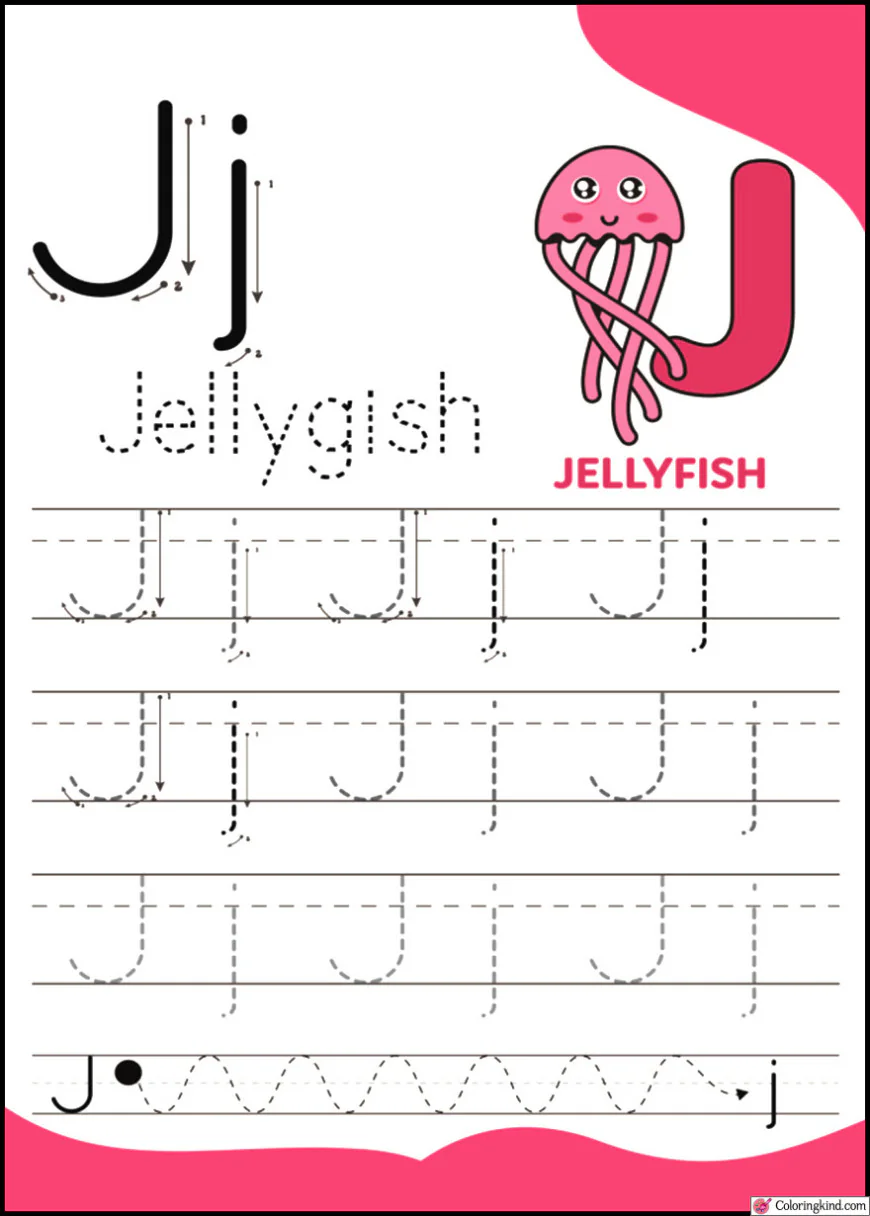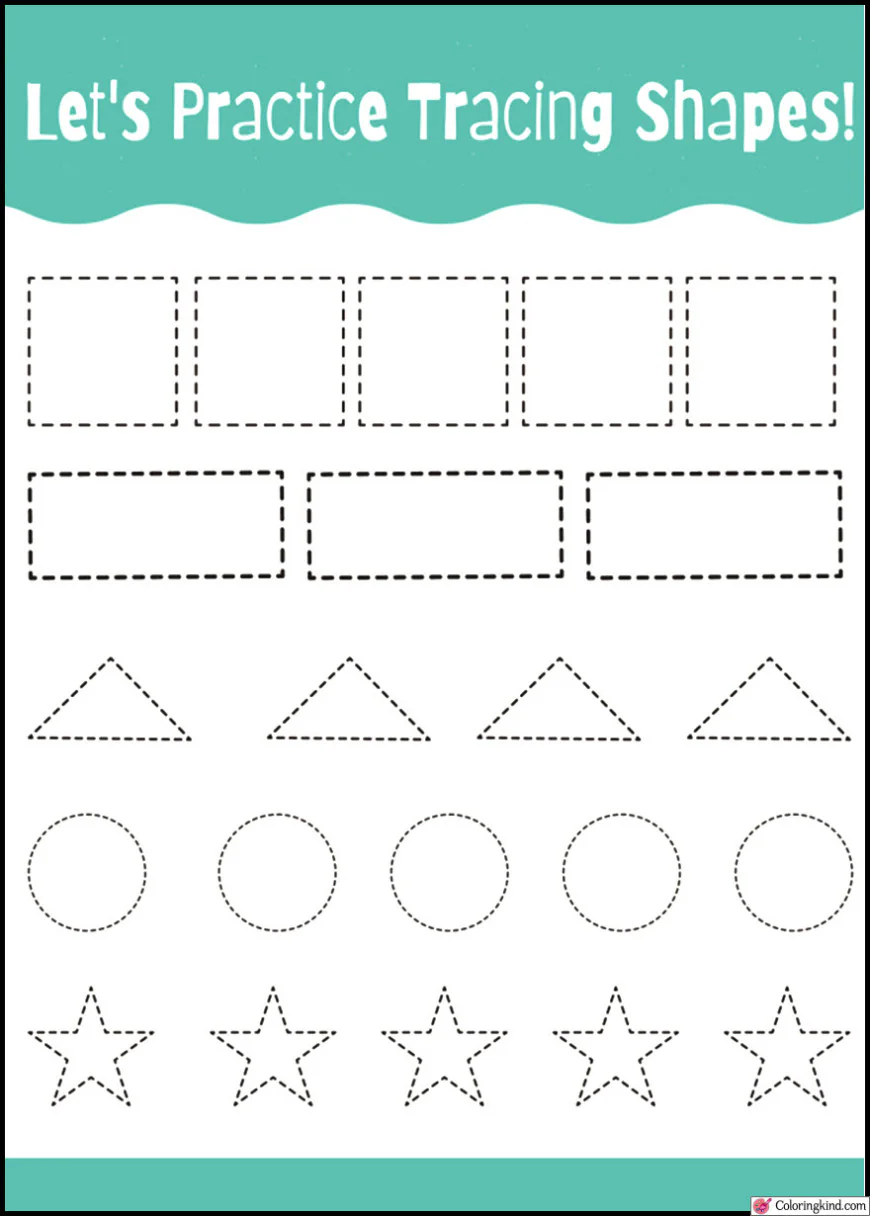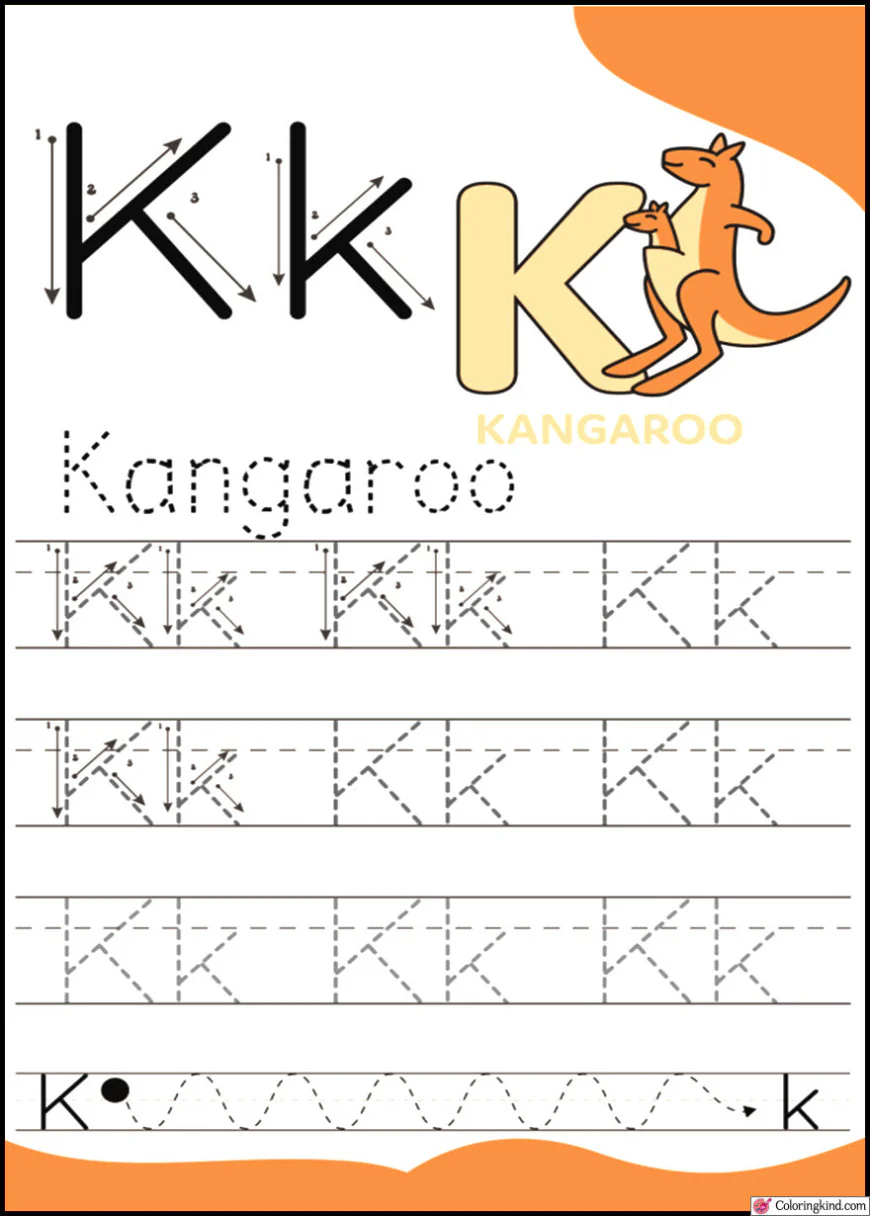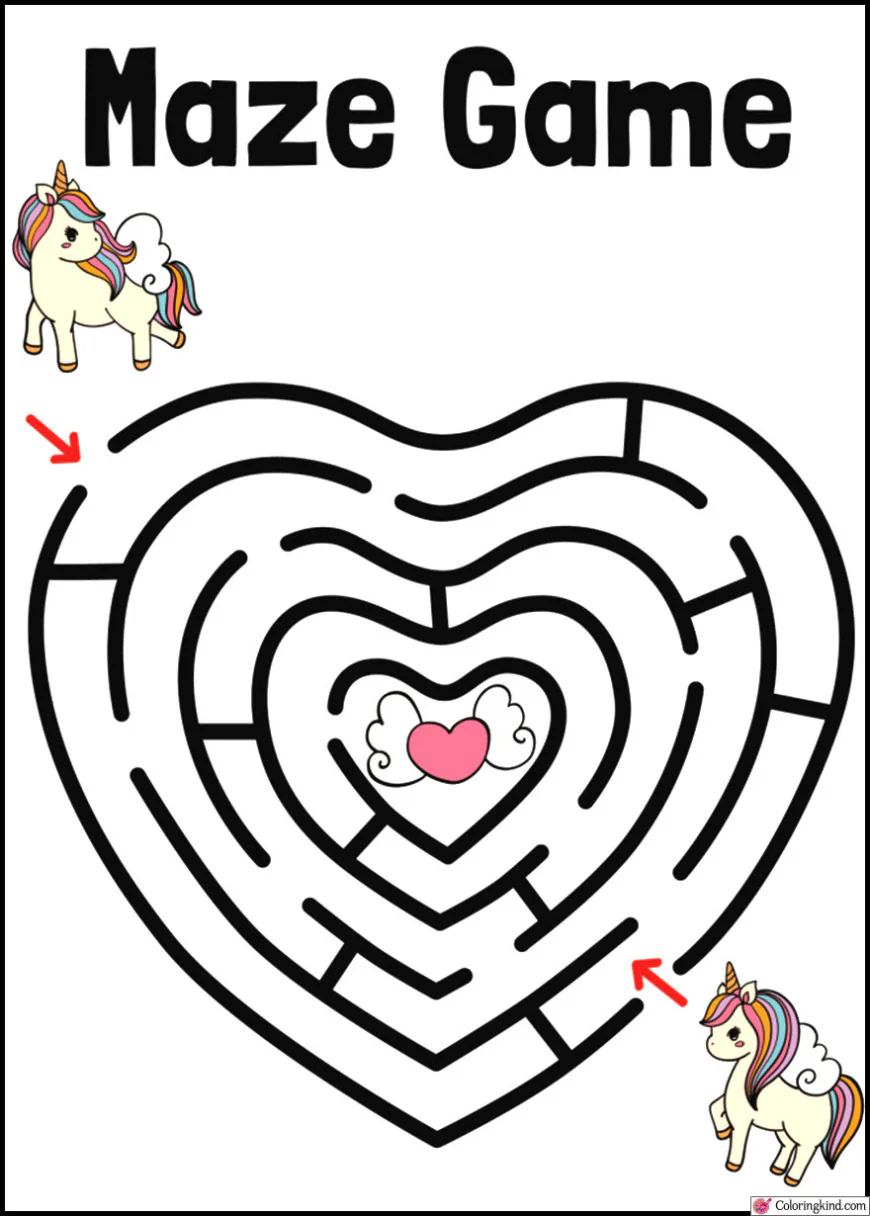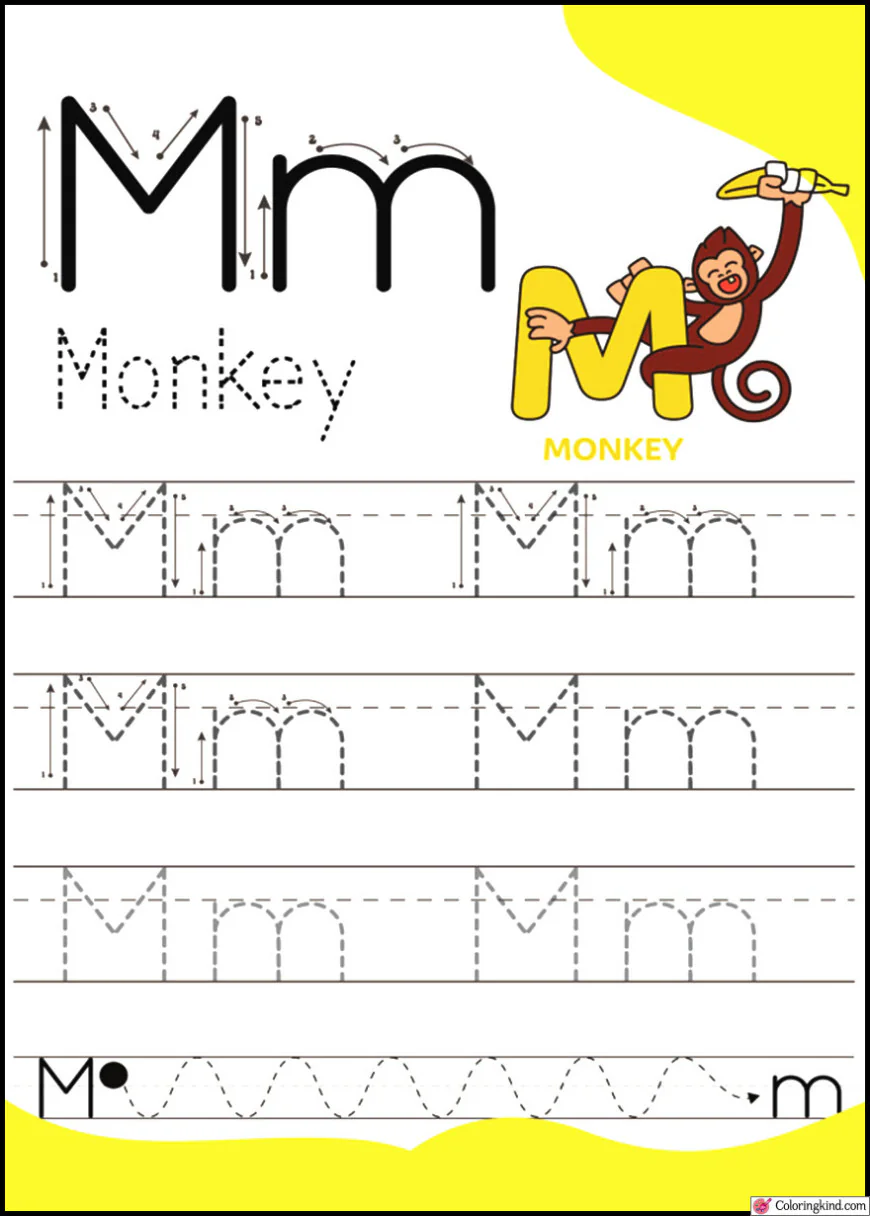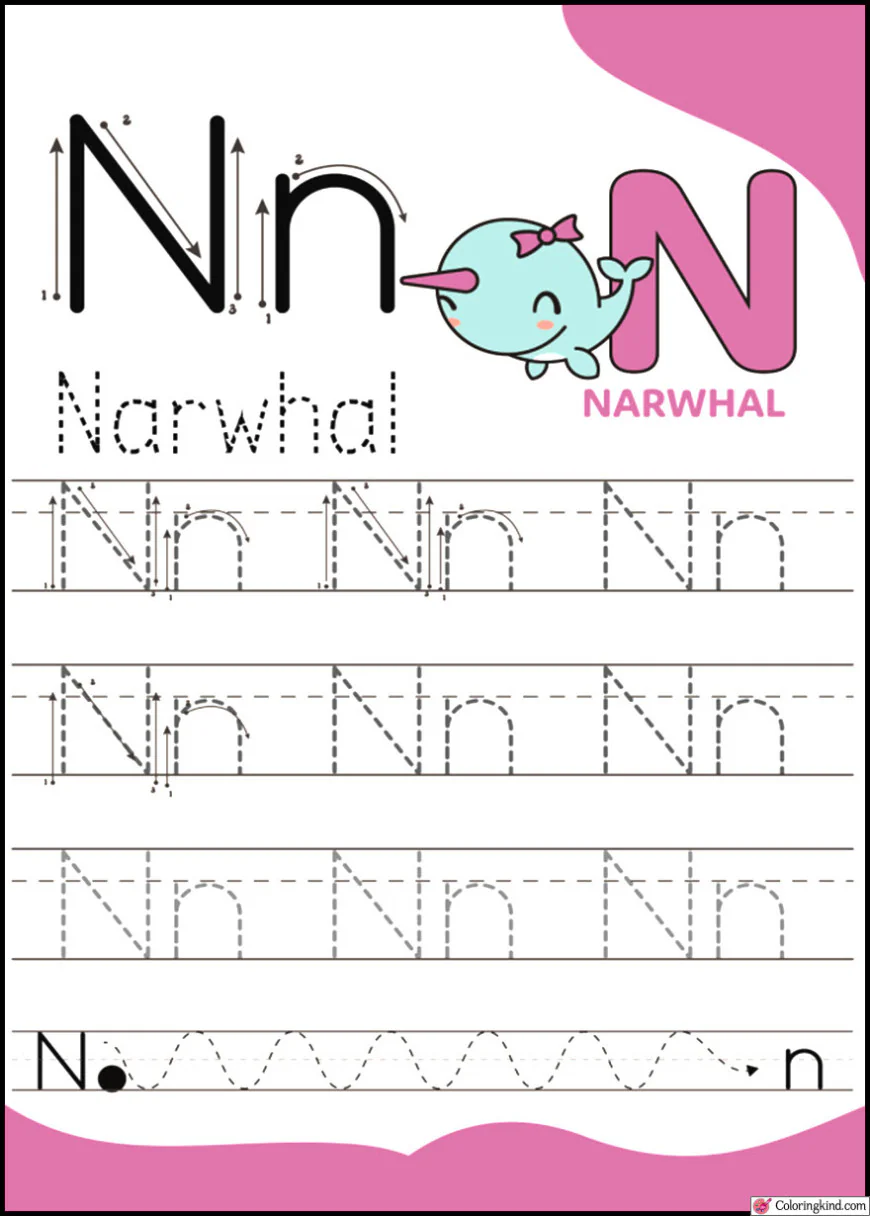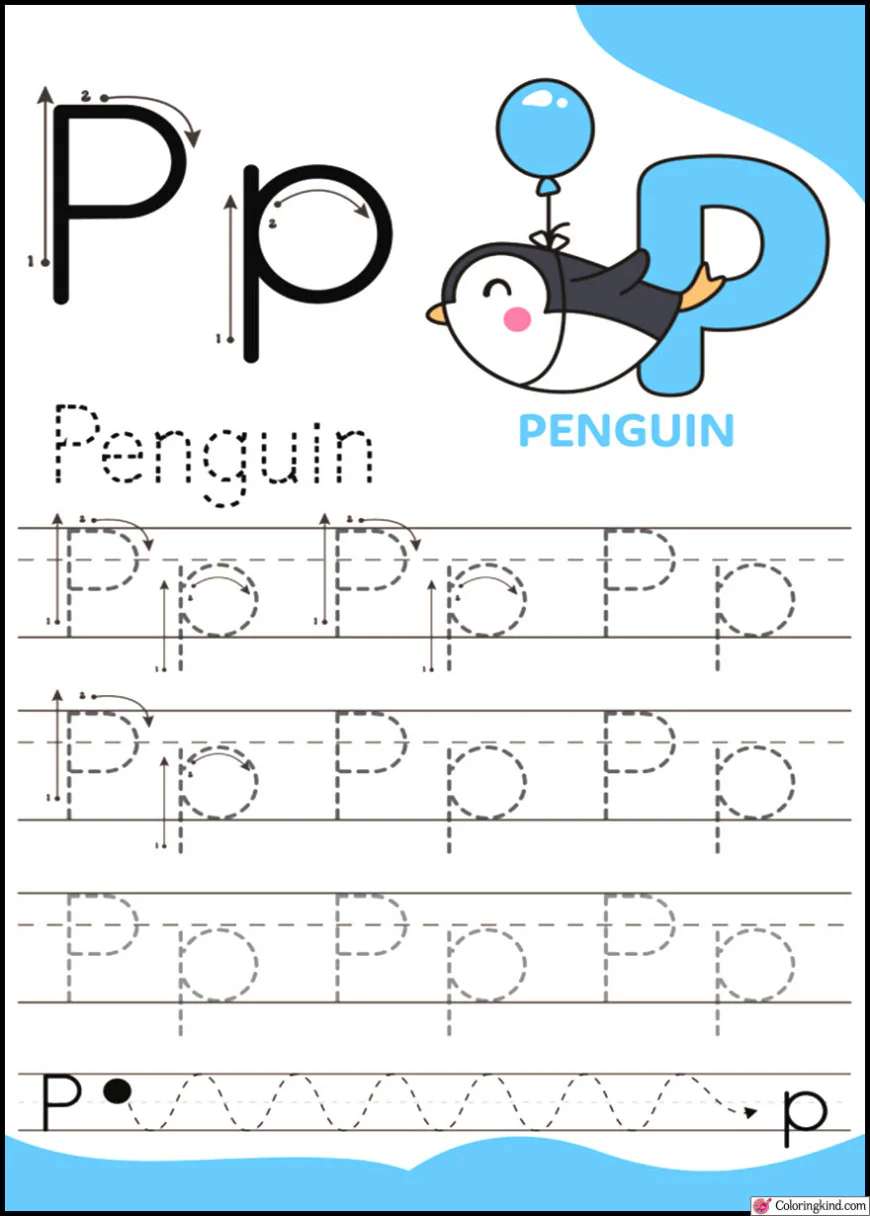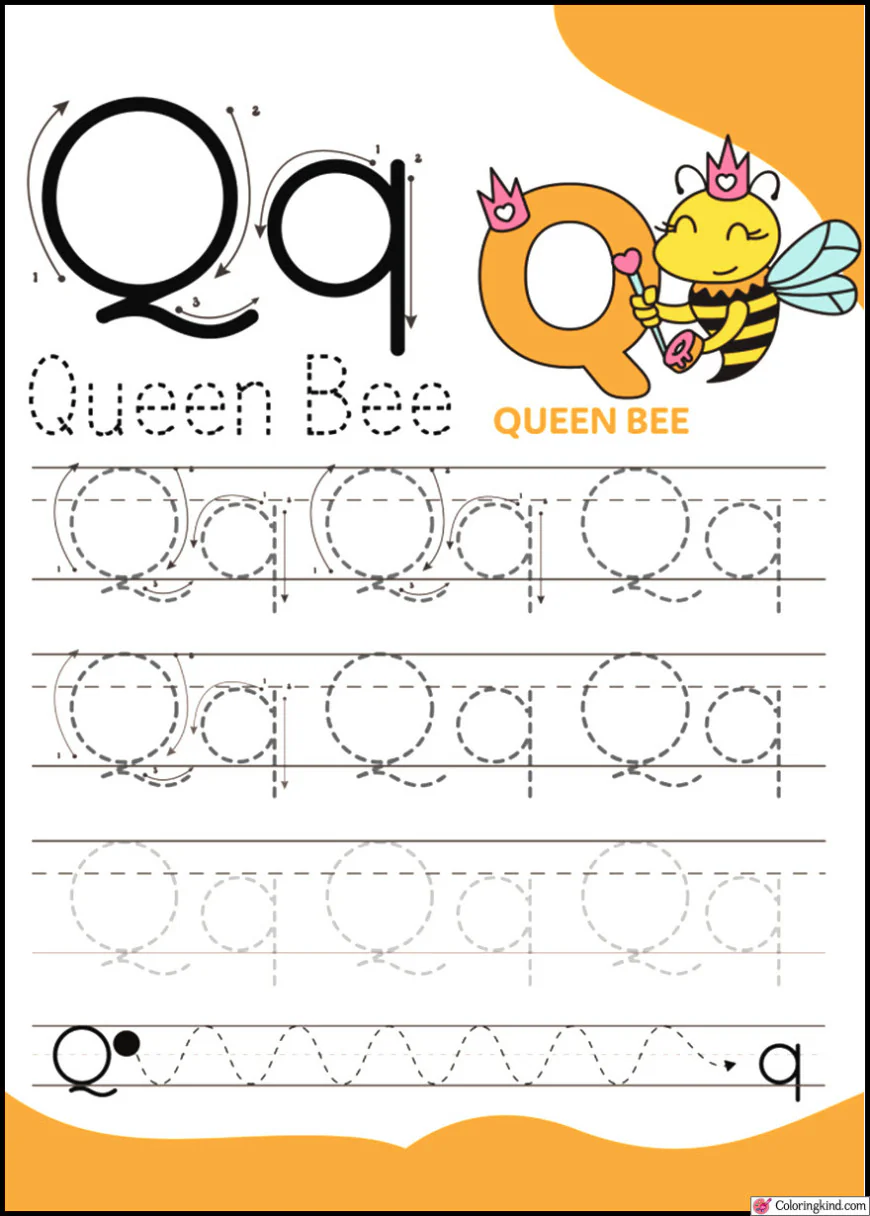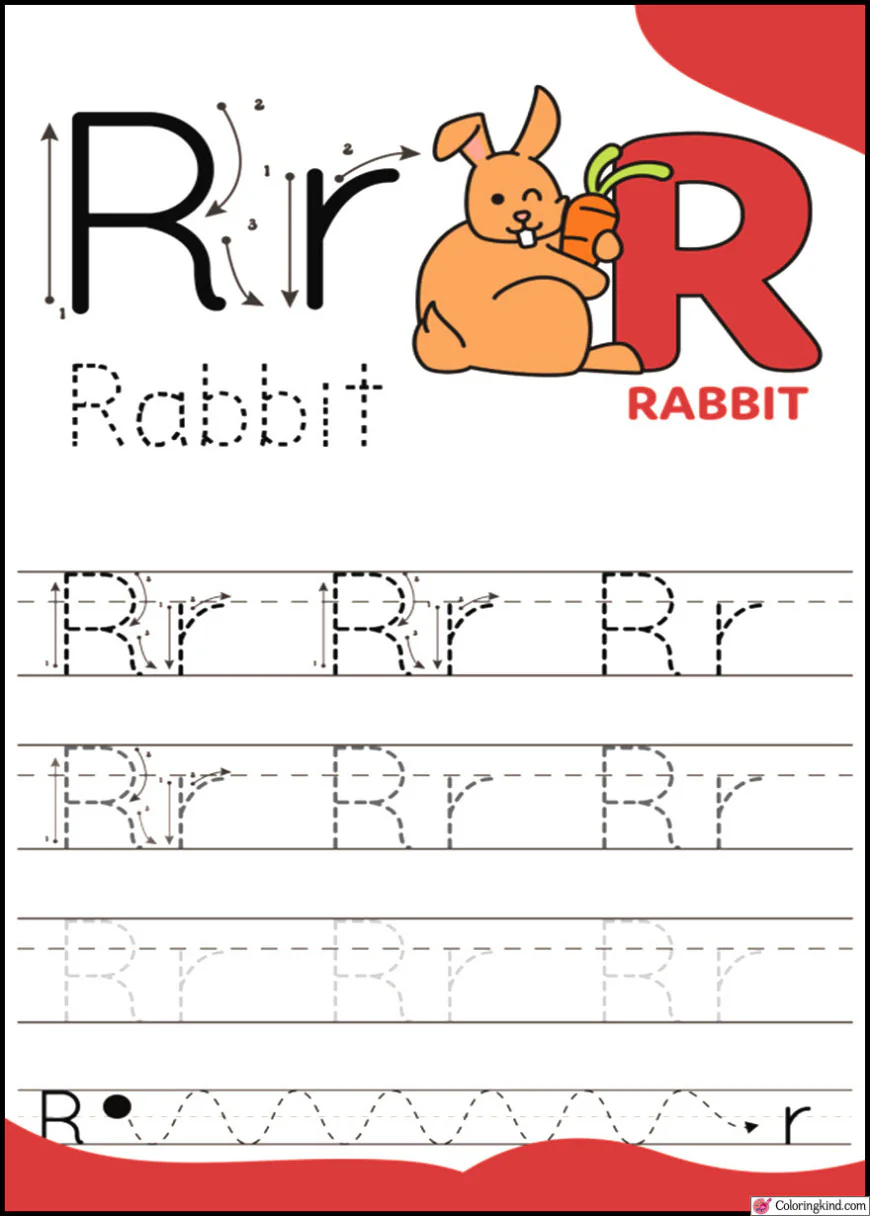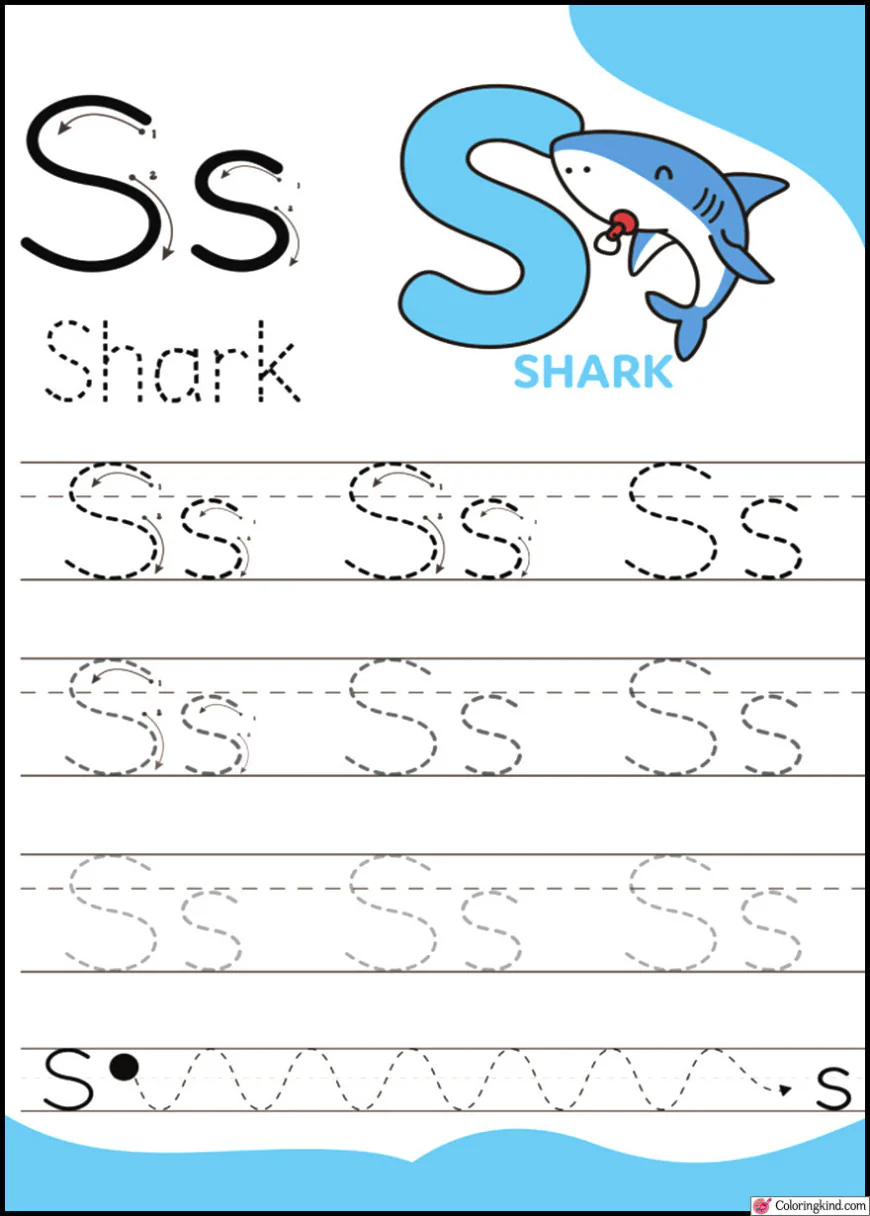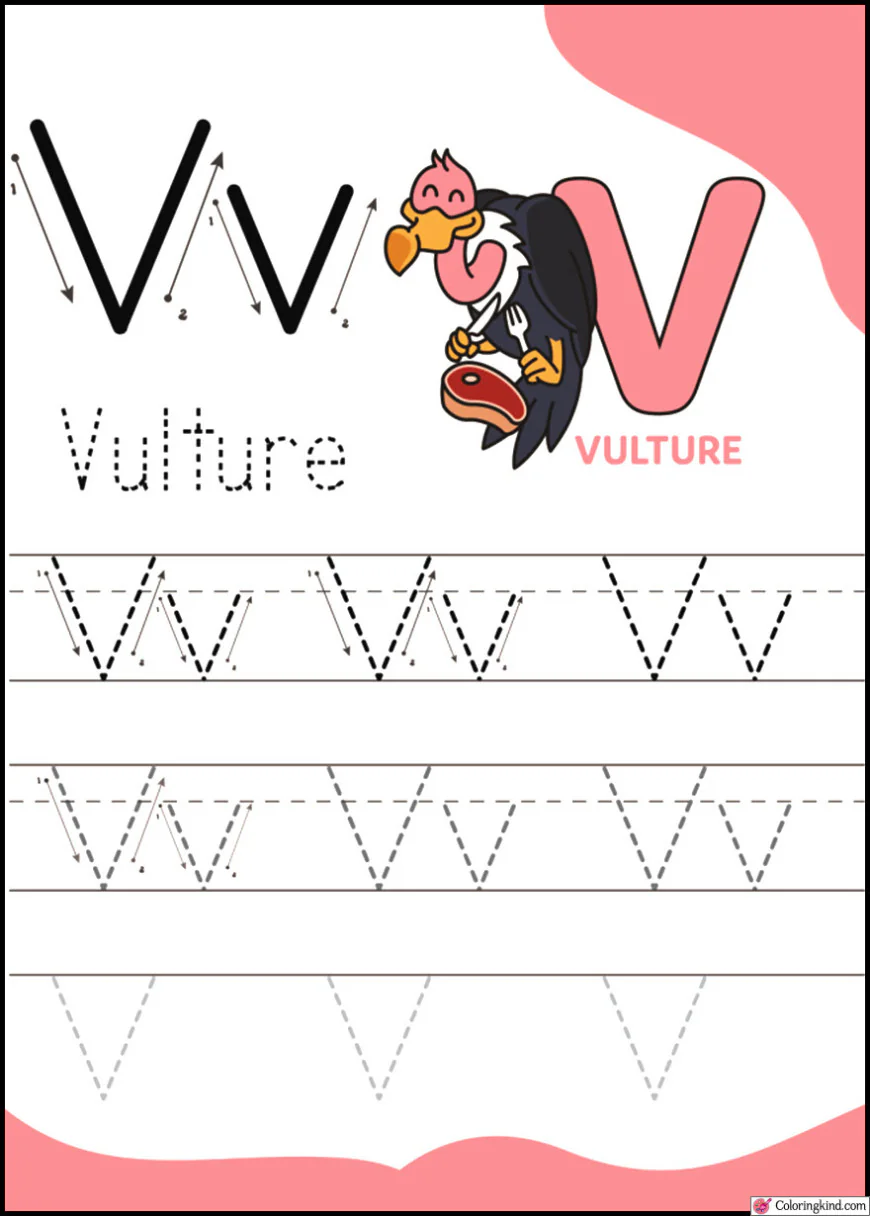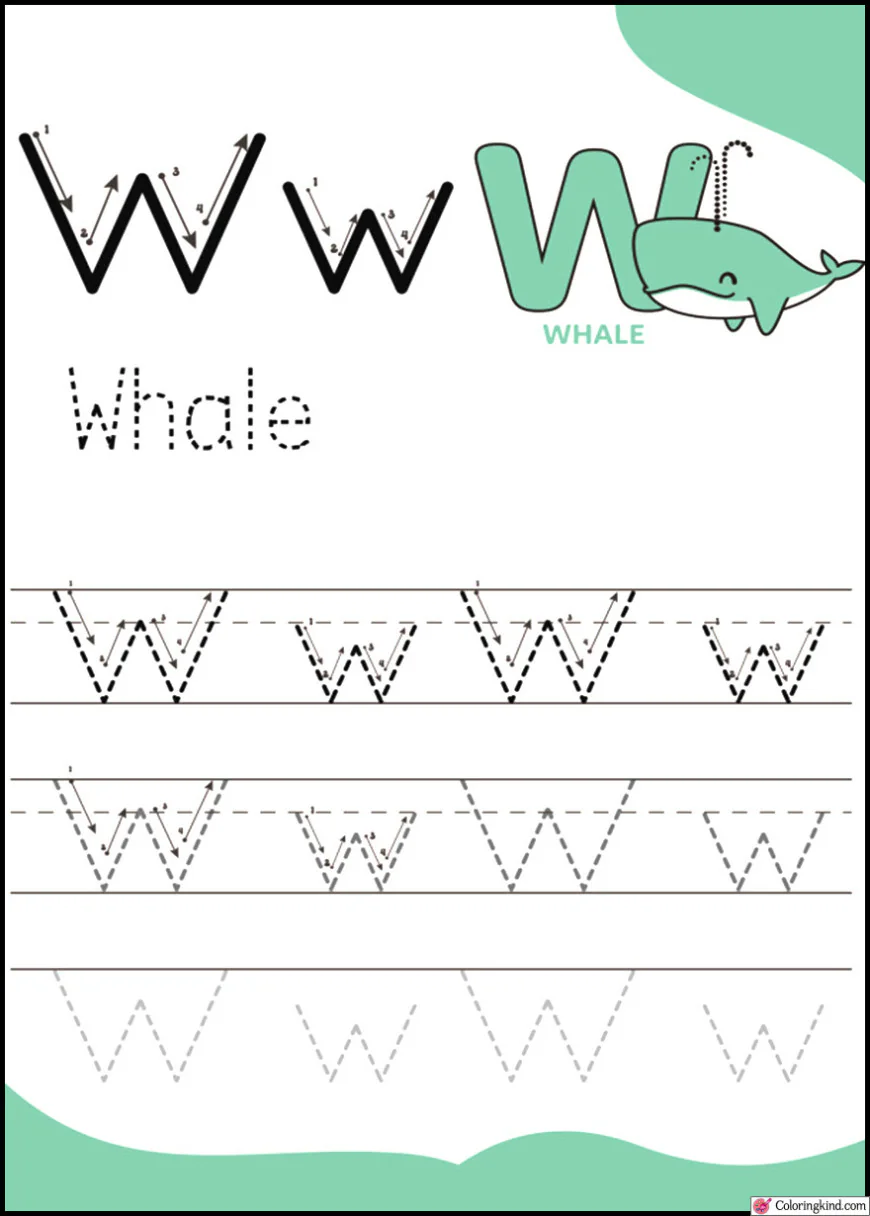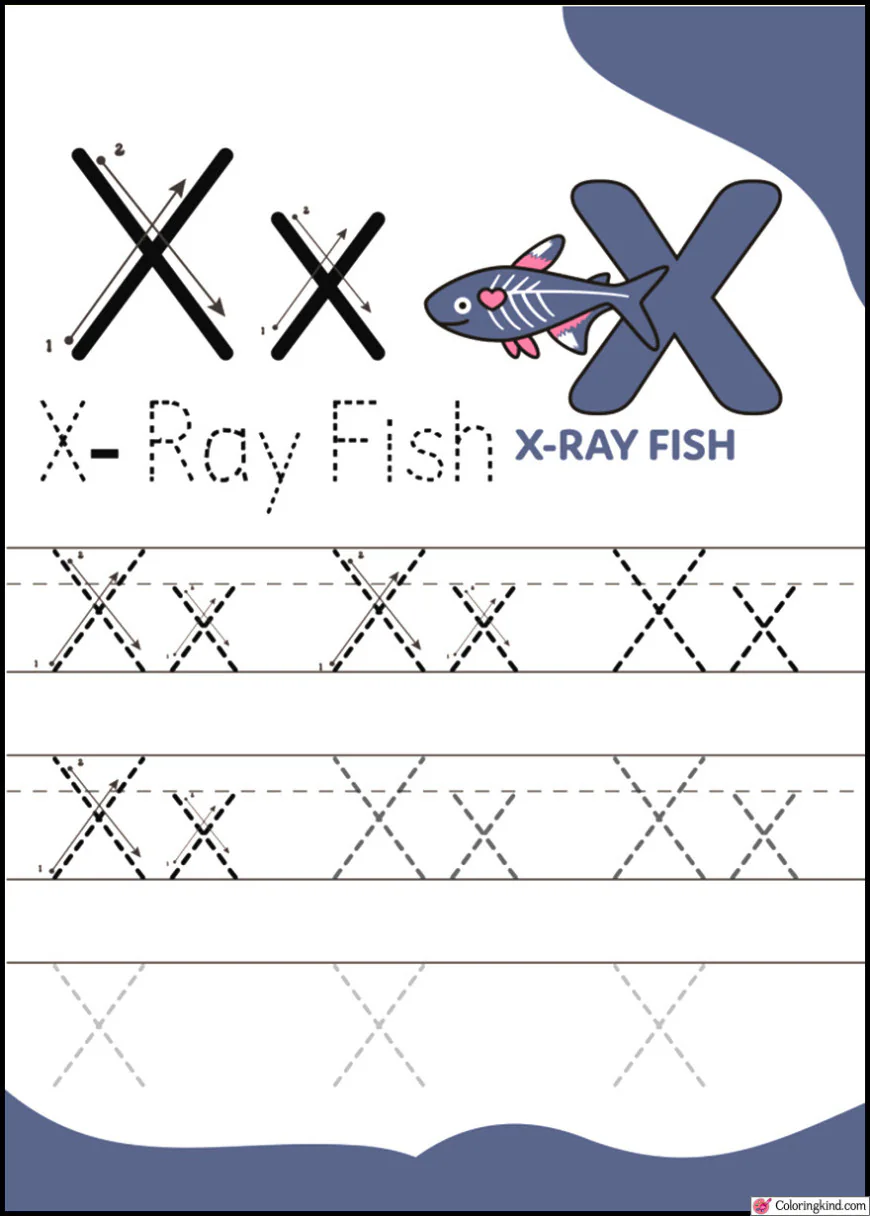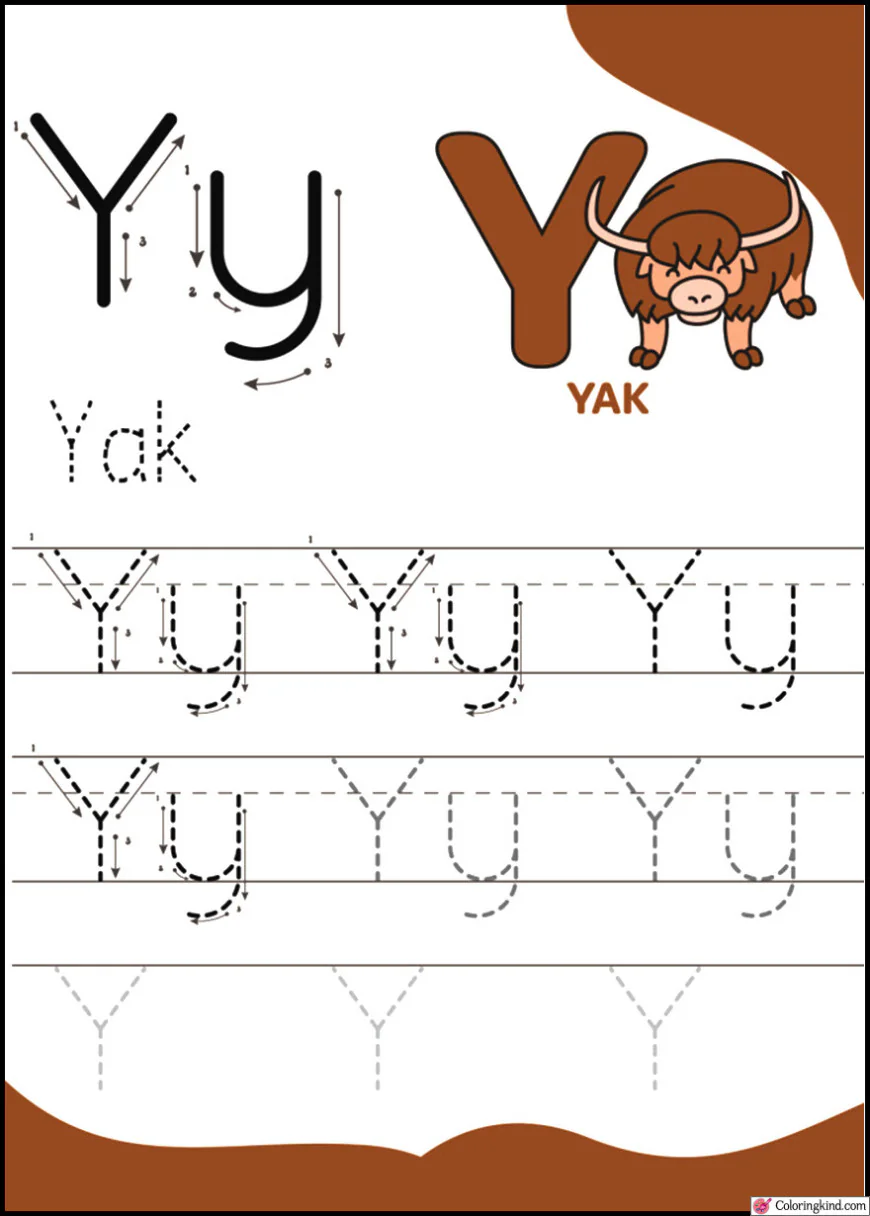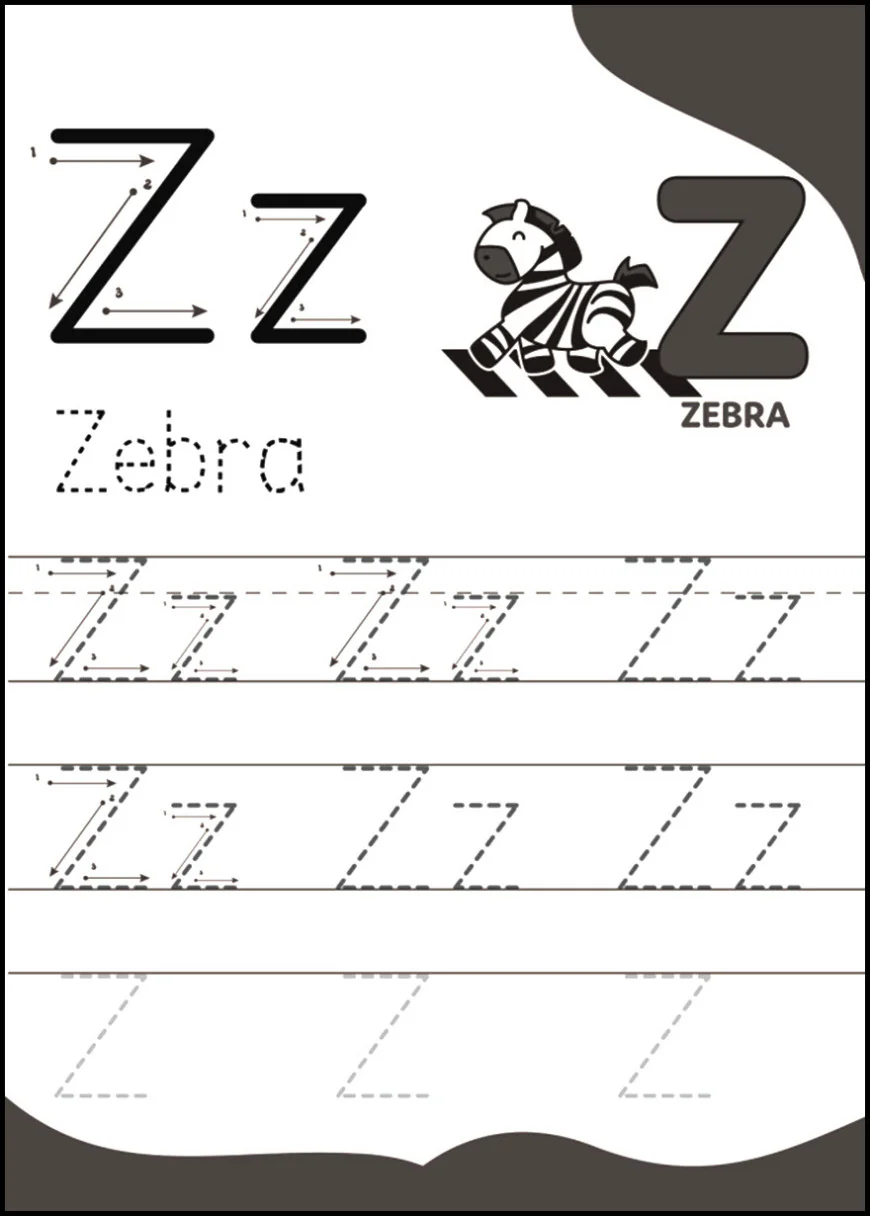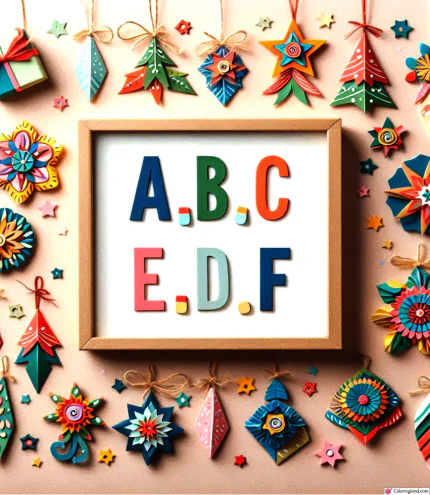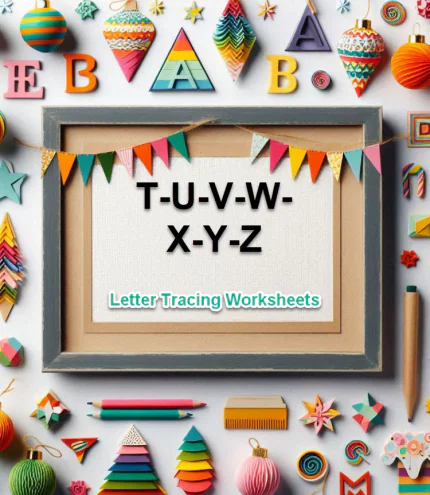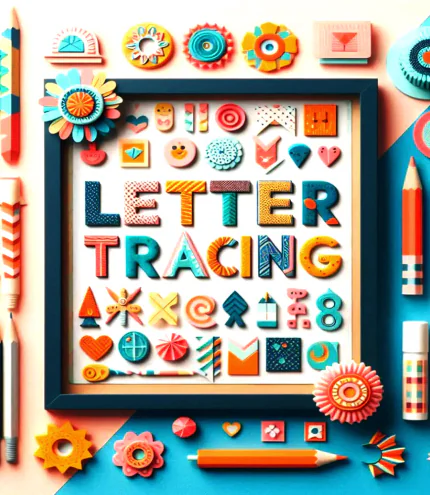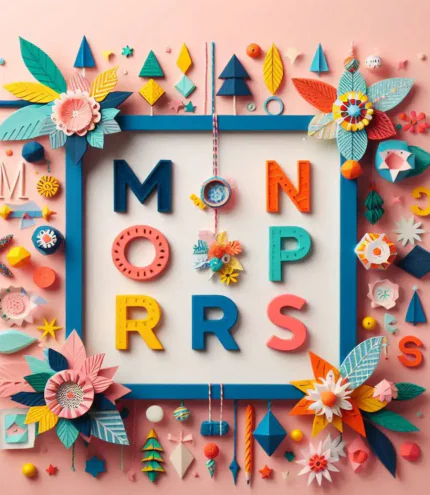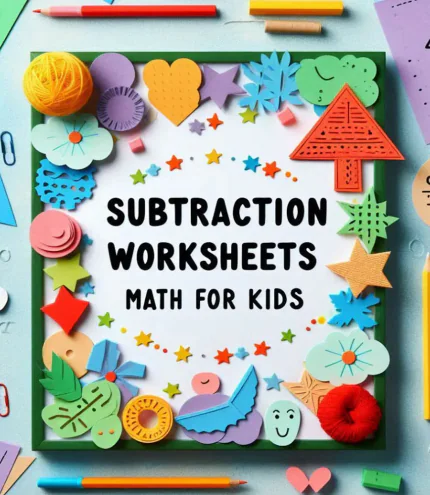Pencil Control Tracing Sheets
To assist kids in practising fine motor skills, handwriting, and confidence by doing enjoyable tracing activities, we made free printable Pencil Control Tracing Sheets.
1. Pencil Control Tracing One
Pencil Control Tracing Sheets are an excellent method of aiding children to develop all the necessary skills in regards to the process of writing. The pieces of paper include different types of lines, curves, shapes, and patterns that can develop steady hand motions and build hand control of a pencil among children. Not only improving fine motor skills, but also setting the groundwork of professional hand writing and additional concentration, children can make the tracing paths entertaining, yet productive. This will be highly entertaining and rewarding as each sheet is designed to be interesting and as fun as it is required to be practised.
2. Pencil Control Tracing Two
The emphasis of creating positive and stress-free learning environment to children is critical when doing Pencil Control Tracing. Ask them to grasp the pencil well and sit at a good posture because this instils positive writing habit early in life. It is better that children work according to their pace, start with small patterns (straight line and curves), before going on with a more complicated one. It involves patience and encouragement which help instil more confidence and drive into the person who demonstrated success even in a small manner. Above all, make sessions brief and interesting, so that they could stay interested and not angry, so that tracking became their exciting task, not what they really need to do.
3. Pencil Control Tracing Three
According to the research, Pencil Control Tracing has numerous advantages to early development among children, specifically in the selection of fine motor skills, the coordination of hands with eyes and pre-written skills. As it has been researched, regular tracking exercises reinforce the small muscles of hands and fingers, which the correct pencil grip and fluent handwriting depend on. Tracing is also useful in visual-motor integration, where children learn to relate what they visualise to how they move their hands, this is critical in tasks and in writing. Moreover, research in the fields of education also reveals that children resistant to implementing any practise of tracing tend to show a high degree of concentration, awareness of space, and faith in the writing process.
4. Pencil Control Tracing Four
The Pencil Control Tracing impacts greatly on children and only positively, as it gives them the basis in which prisoners thus develop confidence in writing and learning. When children move about controlled movements in line, forms, and pathways, they enhance firm fine motor coordination, enhanced grip of the pencil, and ability to employ improved hand eye coordination. These are only going to equip them with writing letters and numbers, but they would also assist in writing like activities that require small movements such as drawing, colouring, and even daily routine. Tracing also promotes focus and patience, learner children develop an awareness of attentiveness in pursuing the patterns taught them as they acquire a feeling of success at the end of each sheet.

